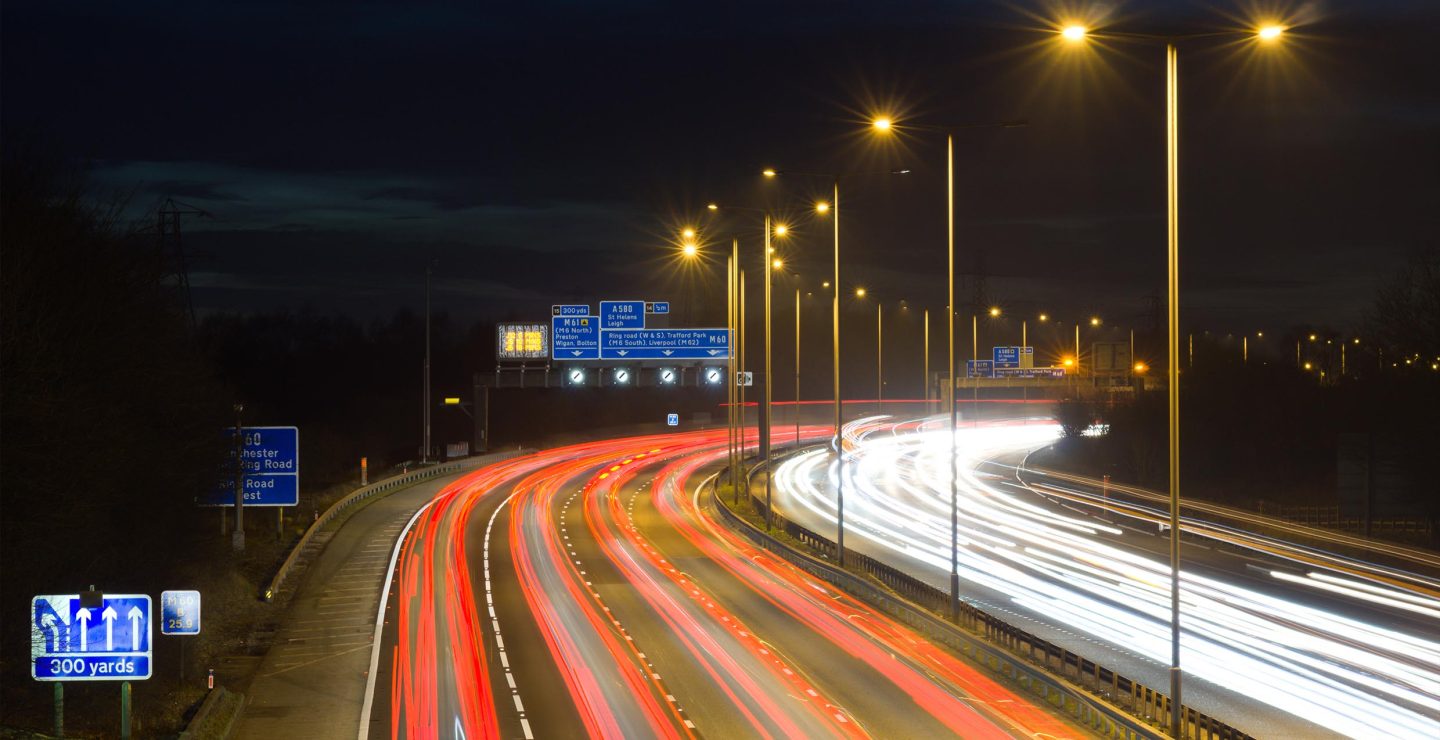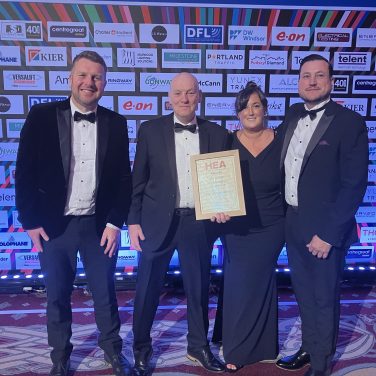Photocells have long played a critical role in ensuring street and amenity lighting operates efficiently, automatically responding to changing light levels to switch luminaires on or off. But with the increasing complexity of lighting schemes, the rise of LED technology, and growing sustainability targets, choosing the right photocell is more important than ever.
Which photocell is right for your project?
Are you lighting a busy main road that requires overnight illumination? A residential street where reducing energy consumption is a key priority? Or a compact location where lantern design limits the available space?
Whatever the application, choosing the right street lighting photocell is essential to achieving the desired performance, reliability, and efficiency — both now and in the long term.
Lucy Zodion offers a comprehensive range of photocells to meet a variety of requirements — from dusk-to-dawn operation and part-night switching, to smart-ready and space-conscious formats. Here, we explore how to select the right photocell for your next lighting scheme.
Understanding application needs
Before choosing a photocell, it’s important to consider the overall objectives of the lighting scheme. Dusk-to-dawn photocells remain ideal for schemes requiring consistent illumination throughout the night, particularly for safety-critical or high-traffic areas. Where reduced overnight demand is expected, part-night options can help cut energy use while maintaining coverage at key times.
Key considerations should also include:
- Appropriate lux levels to support both energy efficiency and Dark Sky goals
- Accurate and reliable performance that maximises the benefits of LED characteristics
- Photocell design life and warranty that aligns with the service life of the LED lantern
These elements help ensure the lighting system delivers both immediate and long-term value.
Photocell types explained
Lucy Zodion’s range of photocells supports various lighting formats and installation methods:
One-part photocells
Self-contained units installed externally on top of the lantern. Common in both retrofit and new-build projects, examples include the SS4D and HAWK3.
Two-part photocells
Separate the sensor from the control unit, enabling greater design flexibility for luminaires with restricted internal space.
Miniature photocells
Designed for compact integration within the lantern body, often used in smaller modern fittings, heritage lanterns and sign-lights.
Amenity photocells
Typically used for outdoor lighting in commercial, industrial, or domestic settings.
Choosing the Right Photocell
Photocells are available in several connection formats:
- NEMA: The most common 3-pin interface for street lighting photocells, compliant with BS5972 and suitable for 5/7-pin NEMA sockets.
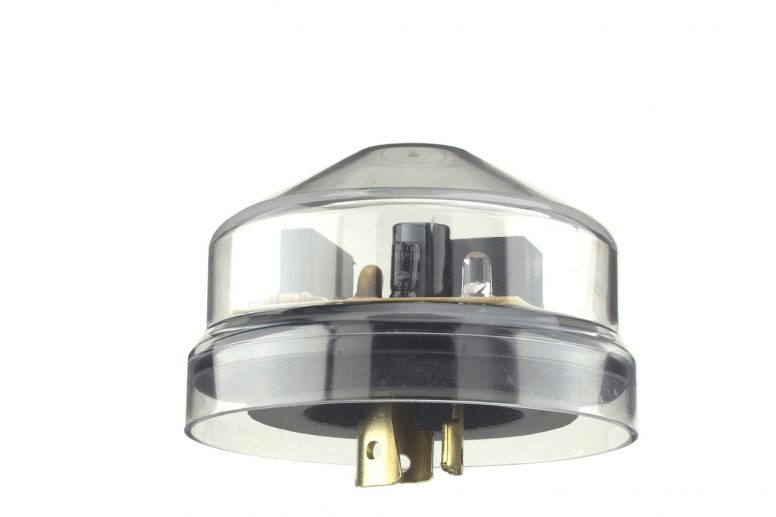
SS4D photocell with NEMA socket
- Conduit: Direct mounting using a threaded Ø20mm entry, commonly used in bespoke or engineered solutions.
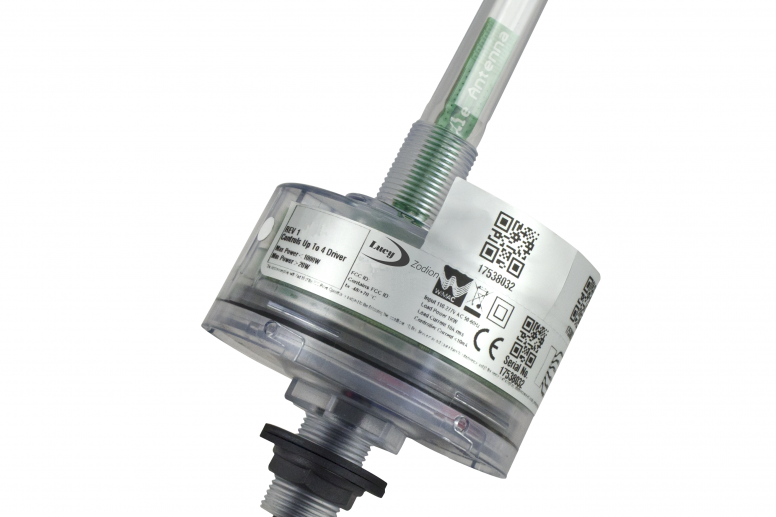
Vizion Conduit
- Zhaga: Suited to LED luminaires employing the D4i ecosystem, enabling tool-free twist-lock installation and future-proof flexibility. Find out more about Zhaga photocells here

PrecizionHALO
- Miniature: Integrated directly into the luminaire during manufacture, offering space-saving installation.
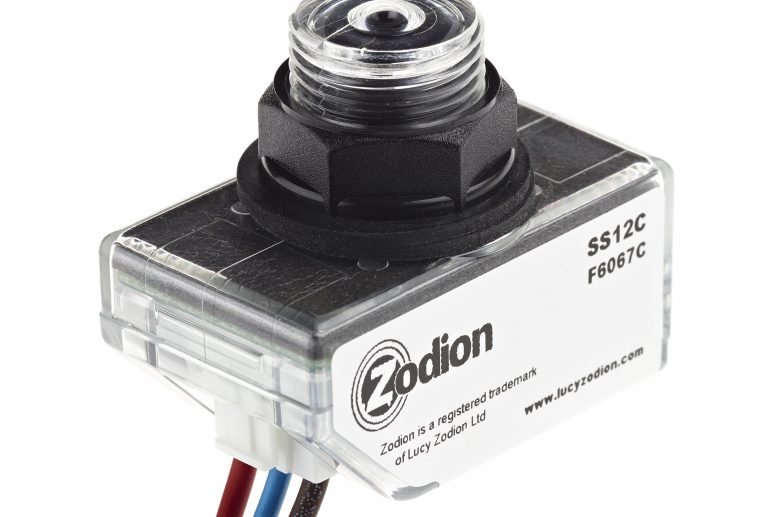
SS12CONNECT
Key specification factors
Photocells should meet the requirements of UK standard BS5972 – first introduced in the 1980s. While it sets a useful benchmark, today’s lighting schemes must also consider wider performance, efficiency, and environmental factors.
- Power consumption: Specify low-energy photocells with leading energy efficiencies. Some models operate at just 0.1W — reducing running costs and energy use over time.
- IP rating: A robust ingress protection level, such as IP65 or IP66, is critical for durability in outdoor environments.
- Lifecycle impact: Consider the carbon footprint of manufacture and end-of-life recyclability. This is increasingly important as local authorities and contractors work toward Net Zero goals.
- Smart city integration: Where future scalability is a priority, source from a manufacturer or supplier with experience in smart infrastructure.
A growing range: adding HAWK3 to the mix
Lucy Zodion’s range of photocells continues to evolve in line with market demands and environmental standards. Established products like the SS4D and SS9 remain trusted choices across the UK, while newer additions such as HAWK3 reflect the drive toward improved sustainability, accuracy, and efficiency.
HAWK3 introduces enhanced digital switching, fully recyclable components, and simplified assembly — all within a design that supports cradle-to-cradle principles. It is compatible with standard 3-pin and 5/7-pin NEMA sockets and includes additional features such as a frosted cone for better light dispersion and a moulded gasket to aid dimensional accuracy and recyclability.
Importantly, it complements — rather than replaces — the wider range, giving specifiers the flexibility to choose the right solution for each individual project.
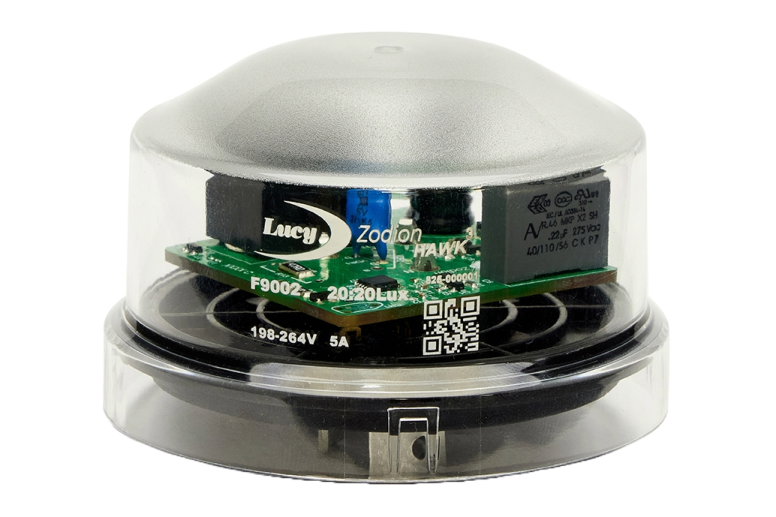
Supporting your lighting strategy
Selecting the right photocell involves more than just switching on and off. Performance, installation constraints, energy efficiency, lifecycle costs and sustainability all play a part. Lucy Zodion’s wide range of photocells is designed to help local authorities, contractors, and OEMs meet the complex demands of modern lighting strategies.
To explore the full photocell range, visit our product page.
For tailored support with specification, please contact our technical team.
